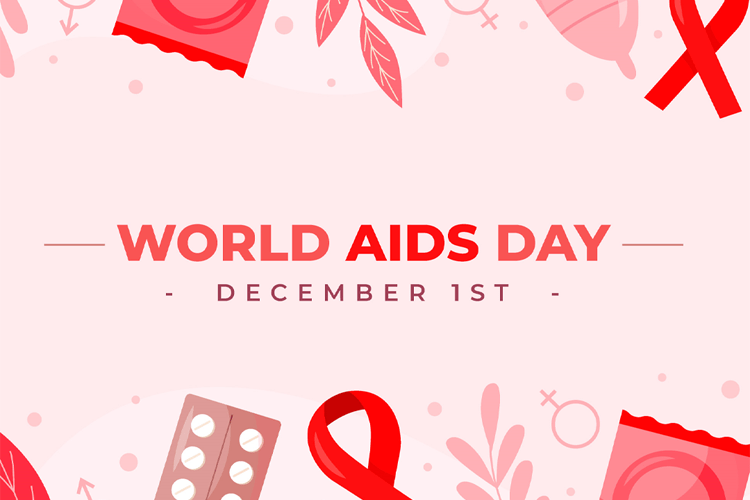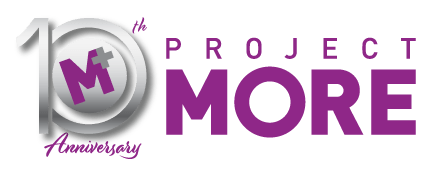
End Inequality. End AIDS. End Pandemic.
What is World AIDS Day?
World AIDS Day is the first, and longest-running, global health day ever founded in 1988 by World Health Organization public officers James Bunn and Thomas Netter. Its goal is to raise international awareness for HIV/AIDS and to honor the 40 million people who have lost their lives to the disease. Individuals, organizations, and governments use this day to educate the general public about the virus in hopes of bringing an end to this epidemic.
Themes for World AIDS Day differ each year. The original theme in 1988 focused on children and young people to better bring light to how AIDS can affect people of all ages rather than the outdated perception that only stigmatized, marginalized groups like gay men and drug users are affected. As medicine and technology progressed, the theme has shifted from raising awareness for HIV in families and communities to focusing on ending the HIV epidemic by 2030 with campaigns such as “Getting to Zero: Zero New HIV infections. Zero discrimination. Zero AIDS-related deaths” and “Ending the HIV/AIDS Epidemic: Community by Community” in recent years.
The theme this year is “Equalize.” It’s important to recognize and address that there are inequalities hindering efforts to end HIV. These inequalities include a lack of access to HIV resources and services for key populations such as children, LGBTQ+ people, sex workers, and more. It does not help that anti-LGBTQ+ bias hinders queer people, especially young and queer people of color from seeking the help that they need. Reasons such as lack of affirming care from physicians due to sexual orientation, fear of harassment, discrimination, and stigma are all factors as to why we need to equalize care for HIV treatment no matter sexual orientation, race, or age.
Why is This Day Celebrated?
HIV is a global epidemic with over 38 million cases worldwide. Today, over 1.2 million people in the US have HIV and 13% of them do not know that they have it. HIV also disproportionately affects certain demographics such as racial and ethnic minorities and men who have sex with men.
It is necessary for those who have HIV to get the help that they need. By providing public-facing information, resources, and services, from the local and national level, people are more likely to get tested, have local resources and services readily available to help them maintain a healthy lifestyle with HIV/AIDS, and feel solidarity in that they are not alone struggling with this disease.
Having this day means that the fight against AIDS is not over. It reminds us, as individuals, as local communities, and as national and international governments, to join the fight against AIDS and reminds us what we can do to help.
How to Show Solidarity
The most common way to show solidarity for this day is by wearing a red ribbon on December 1. The red ribbon is the universal symbol of HIV awareness. Other ways to commemorate this day would be to take and encourage others to take an HIV test at least once annually.
Events and Resources
Project More has partnered with Santa Clara County to host some local events for World AIDS Day. We hope to see you there!
Here are some other local resources that can help:
- Find free HIV testing in Santa Clara County
- Other sexual health services are offered throughout California at Planned Parenthood, local community clinics/centers, and county public health departments. Here’s a list of HIV and sexual health resources around Northern California on our resources page.

